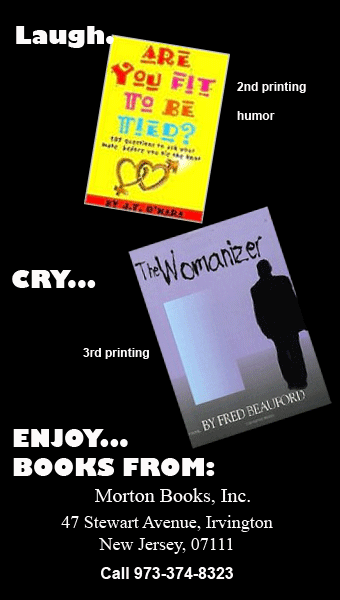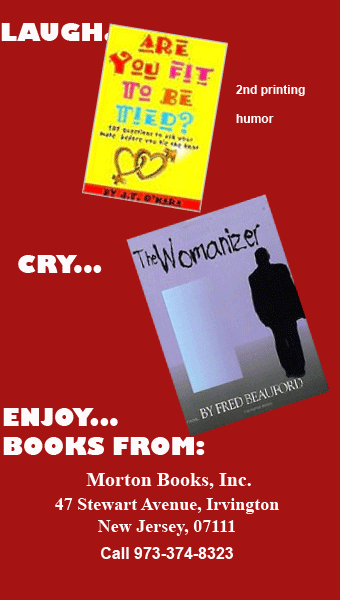REVIEWING
The Art of Choosing
By Sheena Iyengar
Little, Brown, 2010 | 352 pp
Reviewed by Ken Liebeskind
Examining the concept of choice, from marriage to medical care.
“Choice” seems like such a simple word, but when it’s thoroughly examined, it takes on the importance of “freedom,” a concept fraught with a deep-seated meaning that is one of the most fundamental tenets of social life.
In The Art of Choosing, Sheena Iyengar, a business professor at Columbia University, examines choice from a variety of perspectives. She starts with a personal discussion based on the story of her Indian parents, whose arranged marriage (they first saw each other on their wedding day), prompts her to remark, “My parents allowed such an important choice to be taken out of their hands. How could they do such a thing, and why?”
When Iyengar, a social scientist, examines arranged marriages, she actually finds they can lead to greater happiness than marriages based on love, because happiness often develops over time in arranged marriages, while it tends to peter out in marriages based on love (look at the divorce rate).
But arranged marriages also give Iyengar the opportunity to look at choice from a cultural perspective, which is a high point of the book. She compares individualist societies (the U.S.) with collectivist societies (Japan) to examine how choice is made in each. In the U.S. and other individualist societies, “it’s critical to determine one’s own path in life in order to be a complete person,” so choice is highly valued. But in collectivist societies, “individuals understand their lives more in terms of their duties and less in terms of personal preferences,” so individual choice isn’t as valued.
Collectivist societies are primarily Asian and affiliated with Hinduism, Buddhism, Sikhism and Jainism, but Marxism brought the collectivist idea to Europe and Soviet Communism ushered in a new form of government that curbed personal choice. Surprisingly, the demolition of the Berlin Wall, which liberated East Germany from Communism and instituted personal choice, hasn’t made its citizens particularly happy. Iyengar observes that “rather than being grateful for the increasing number of choices they have available to them in the marketplace, they are suspicious of this new way of life.”
Iyengar returns to America, which covers a major part of the book, examining choice in all walks of life, beginning with consumer choice and the number of products available in grocery stores. Here she finds that offering a limited number of products is better than a wide range, because it is easier to choose.
Later she examines choices in medical care, which has expanded since the decline in paternalism in medicine (when doctors exclusively made choices on treatment). She provides case studies of parents who had to choose whether to remove life support for their critically ill children. She concludes that “there are powerful psychological benefits to participating in the decision making process … however, choice can be punishing or destructive.” This conclusion was reached by studying French and American parents who lost their babies, with the French parents generally accepting of their situations after their doctors made the decisions, while the American parents experienced guilt for having chosen to take their babies’ lives.
Abortion, the issue that is most closely associated with choice in America today, receives treatment here, too, but on a very limited basis. Iyengar focuses on a case study of a career woman who had to choose whether or not to abort a baby. Unfortunately, she concludes the story with a few comments on choice that have nothing to do with abortion. A contrast of the Pro Life and Pro Choice movements would have illuminated the issue of choice in a more compelling way.
The last saga on choice concerns the decision of choosing to end one’s life. Iyengar tells the story of a 91 year-old woman who purposely overdosed on pills. She questions whether suicide is actually a choice, because if it was based on depression, one could surmise that the person may not have been mentally capable of choosing to die.
The use of the word art in the title is explained at the end of the book, when Iyengar writes, “choice remains an art … to gain the most from it, we must embrace uncertainty and contradiction.”
The book is written in conversational tone, which makes it easy to read, but the informality may demean the subject. In addition, by calling choice an art, it remains illusive or a “mystery,” as Iyengar concludes. In so doing, her findings lack certainty. Her book presents ideas about choice, but few concrete conclusions.
Ken Liebeskind is a freelance writer living in New Haven, Ct.



